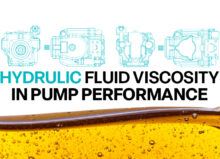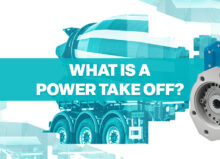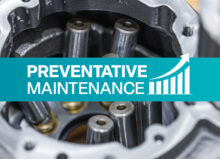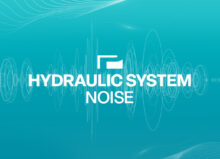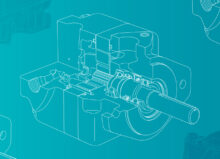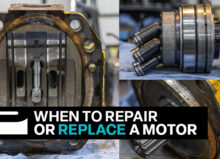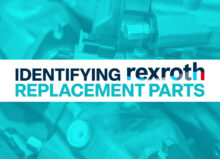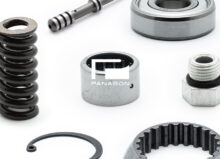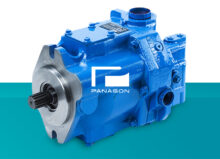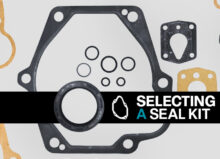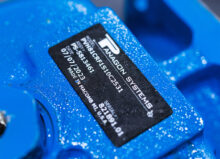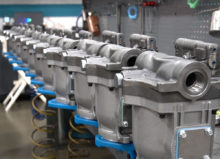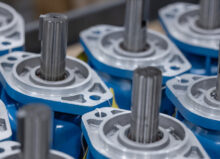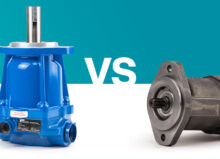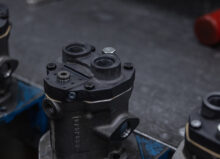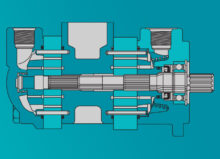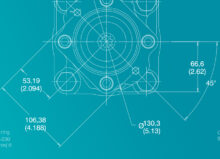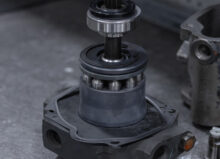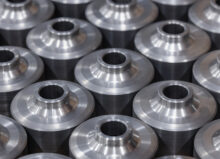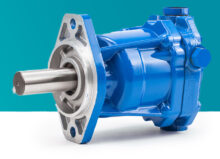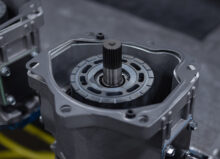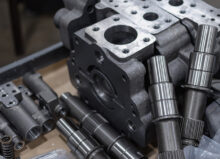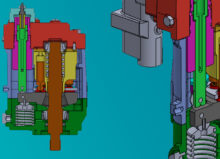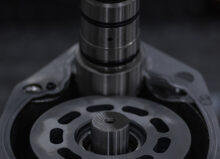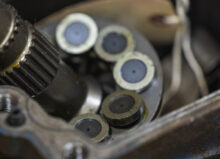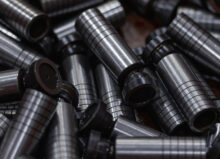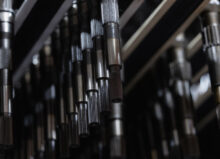How Hydraulic Pumps & Motors Work Together
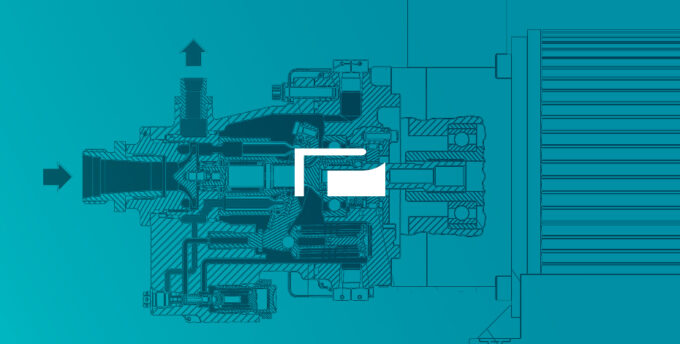
In one of our past blog posts, we talked about hydraulic pump systems and how they work as a whole. To refresh your memory, a hydraulics system is a type of drive technology in which a fluid is used to transfer energy from an electric motor and then into an actuator. The major components of a hydraulics system are the pump, actuator (motor), valve, and reservoir.
In this article, we’re going to cover hydraulic pumps and motors, and how these two specific components work together in a hydraulics system. Let’s start with hydraulic pumps.
Function of a Hydraulic Pump
Simply put, a hydraulic pump is a device that changes mechanical energy into hydraulic energy. Hydraulic drive systems utilize certain types of hydraulic pumps to overcome loads.
An example of this at play is a hydraulic drive system (like one found in an excavator) lifting up a car. The majority of heavy construction vehicles utilize a hydraulic pump inside of a hydraulic system.
However, there are smaller hydraulic pumps that power a variety of different hydraulic tools. Cutting tools, pressing machines, and hydraulic saws are just a few tools that are powered by hydraulic pumps.
How Is a Hydraulic Pump Different From a Regular Pump?
The main difference between a hydraulic pump and a regular pump is that a regular pump maintains a constant flow of fluid, whereas a hydraulic pump has a fluid flow. Additionally, the functions of these two pumps differ; a hydraulic pump overcomes pressure from a load, while a regular pump provides continuous transfer and flow of fluid.
Next, let’s discuss hydraulic motors.
Function of a Hydraulic Motor
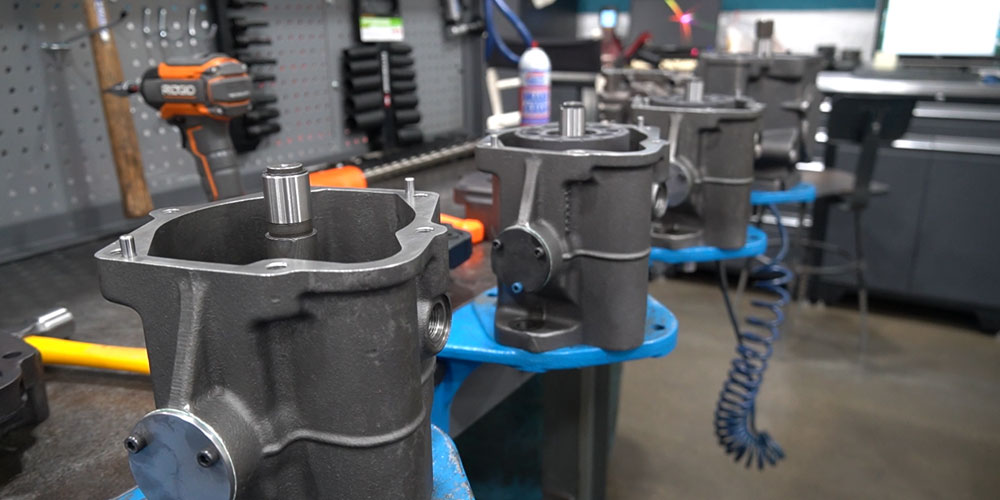
Categories of Motors
Hydraulic motors come in two types: low-speed and high-torque (LSHT), and high-speed and low-torque (HSLT).
If you go with a low-speed hydraulic motor, then you get a motor that is capable of generating a large amount of torque at low speeds. Within these categories, there are different types including gear, vane, and piston, the latter of which can be divided further into axial-piston and radial-piston. Click here to read more about each type.
Now that you understand the function of each component, let’s look at how hydraulic pumps and motors work together.
Powering the System: Hydraulic Pumps & Motors in Action
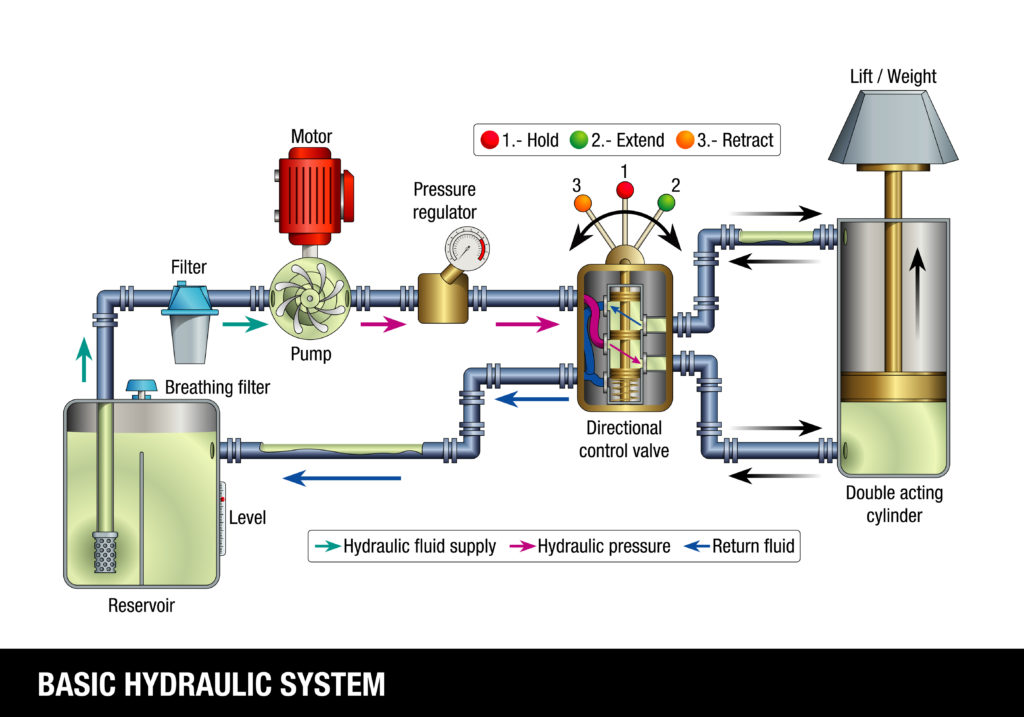
First, the hydraulic pump takes the mechanical force it receives from the prime mover and converts it into fluid energy. This fluid energy takes the form of oil flow.
After this, the hydraulic motor takes the fluid energy that the pump created, and turns that fluid energy into mechanical energy.
The motor has to do this so that the system has the mechanical energy necessary to do the work. Some applications of hydraulics systems in everyday life include elevators, gasoline pumps, and amusement park rides.
Learn More From Panagon Systems Today
Hydraulic pumps and motors are two of the most important components of a hydraulics system. If you have questions about pumps and motors, or need help selecting the right one for your application, please contact our specialists at Panagon Systems. Founded over 25 years ago, we’re a trusted U.S.-based manufacturer and supplier of aftermarket hydraulic piston pumps and motors.
Please fill out our online form today, and let us know how we can help you. We look forward to earning your trust!

